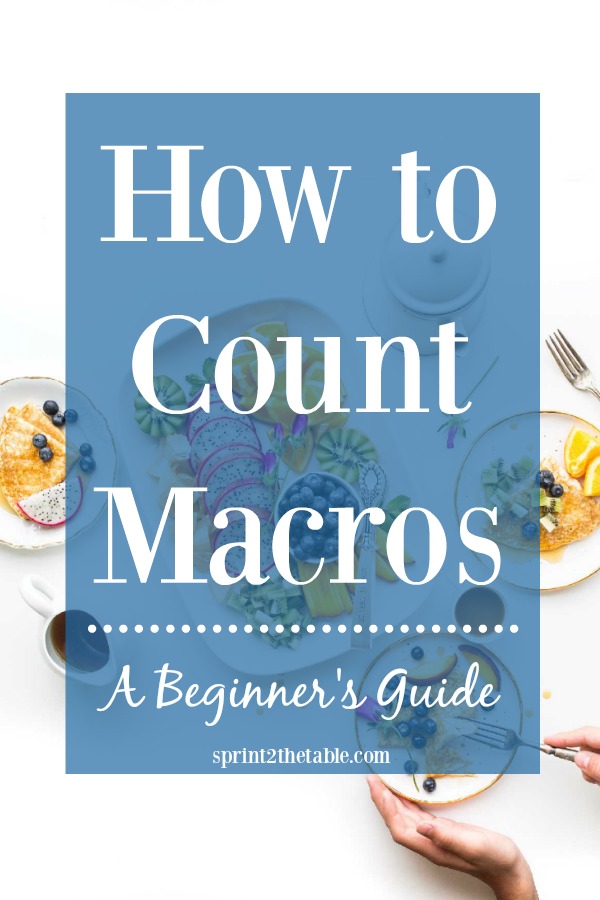

Since nutrition labels will typically contain the information for food in its raw packaged state before cooking, measuring your food prior to cooking will give you the most accurate results. So, should you weigh food raw or cooked when tracking macros? When tracking macros, the most precise method is to weigh and log your food raw before cooking. Whether you decide to weigh your food when it is raw or cooked can affect the accuracy of your measurements. When you are counting your macros, weighing your food is one of the most accurate ways to track exactly how much you are eating. Hope this helps.Some links in this article are affiliate links, which means we earn from qualifying purchases. 7, or 25G fat, but retaining the 75G of protein. When cooked to medium, it was near spot on at 33% reduction in weight, as 13 *. Raw, this was about 13 oz, and about 75G of protein, and 36G of fat. Today for example, I had 8.5oz of COOKED grass fed 85/15 ground beef to medium. This can be misleading on sites like fatsecret, calorieking, myfitnesspal that don't make it very clear if it's raw or cooked. While true, the same 'weight' of a cooked piece will have more calories than the raw piece, that is because you're taking the protein values of the raw portion, and and between 66% to 75% of the fat of the raw portion. This math pretty much matches up to this article, because only well done and rare were mentioned (1.10 aka 10% vs 1.5 aka 50%), I added in medium.

Now, this fat reduction has some variance, it depends on if you're doing it rare, or are you doing it medium well? Are you using a normal grill, or a george foreman? The consensus across many tests and forums is between. Look at this article: įor 85/15 your weight reduction is about 33% grilled, and the fat reduction (verified by a lab) is about 26%. There are not magical calories that remain. It stands to reason that if there IS a fat loss(this varies based on the initial fat percentage), then the calories associated with that fat are gone. There is talk about using nutritional data of raw meat.I think that is only partially true. Your questions or comments are welcomed, as always. If you can’t weigh your meat raw, go ahead and multiply the weight of your cooked meat by a 1.1 – 1.5 as described above to appropriately apply the meat’s nutrition facts. We have 2.38 (4 ounce) servings, or 57g protein, 0g carbs, 2g fat. Weigh the two cooked chicken breasts: 6.8 ounces. We know that 4 ounces (113g) of chicken breast contains 24g protein, 0g carbs and 1g fat. They were cooked pretty thoroughly but not torched. You heat up two chicken breasts that were left over from that weekend BBQ. When weighing (cooked) rare meat, multiply the weight by 1.1 and use the meat’s raw nutrition facts. When weighing (cooked) well-done meat, multiply the weight by 1.5 and use the meat’s raw nutrition factsĮxamples: Seared ahi tuna or Pittsburgh rare steak. The well-done piece will weigh less than the rare piece.Įxamples: Hockey-puck hamburger or Vacanti-dry chicken breast For instance, take two identical pieces of raw meat and cook one rare and the other well-done. Now, if you cook your meat thoroughly, there will be less water (and weight) in the finished product.

If you are in a situation where you must weigh your meat cooked, it’s okay. The thought of biting into fleshy pink undercooked chicken literally makes me ecoli vomit in my mouth. Speaking of, check out me and my utilitarian kitchen skills as we weigh some protein. Later in this post, I will share a strategy for accurately weighing cookedmeat.įor now, know that raw and cooked meat differ in weight because water and other juices in meat evaporate through the culinary process.

However, this might be inconvenient or impossible maybe you didn’t cook it yourself or maybe you cooked a week’s worth of beef at once. So, you should weigh your meat raw if possible. The data on a nutrition label corresponds to one serving of raw meat. Weighing food on a scale removes the error that accompanies measuring cups/spoons.īut, there is one food group that still confuses us carnivores: Meat. If you’ve ever counted macros, you know some foods present a bit of trouble.įor many of these not-so-easy foods, the solution is a food scale.


 0 kommentar(er)
0 kommentar(er)
